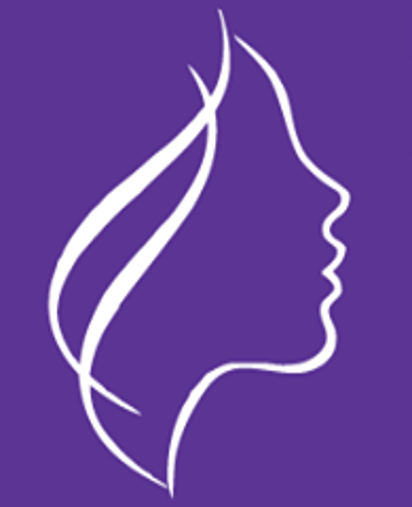As we prepare to celebrate the International Day of the Girl Child on Sunday October 11, we need to take stock of the strides made in empowering the girl child. This is a day for highlighting issues concerning the gender inequality facing young girls.
This year’s theme, “The Power of the Adolescent Girl: Vision for 2030” couldn’t be more appropriate as the push for the 2/3rd gender rule in all spheres gets to an all-time high, with the five-year mark since the promulgation of the Kenyan constitution.
On the Kenyan media landscape, the ratio of women journalists to men is rather skewed. According to a report done by African Woman and Child Feature Service, titled ‘Kenyan Media and Women in Political News’ (2013), only nine per cent of journalists who reported in the print media on political news were female compared to 72 per cent male. Male sources predominate in all genres, including those that are seen as being most authoritative, such as the editorial and opinion pages (79 per cent compared to 16 per cent for female).
It is debatable whether or not this is the reason why there is so little coverage given to women in our media. Last year (2014) there was a paltry 14% coverage of women issues on all our media houses combined. That amounts to a very low 4% coverage given to women issues. Furthermore, more women (8.5 per cent) are portrayed as victims than men (2.1 per cent). Not as many positive stories of women see the light of the newsroom. This is because they may not seem as newsworthy. The problem with this trend is that it fuels the stereotypes created by the imbalanced reporting.
Women are socialized as little, girls to play nicely, and the opinionated or determined ones are labeled “bossy”. This develops a stereotypical notion that women are the worst bosses. Even women themselves are brainwashed by society to think on these lines. Women therefore play safe when it comes to the corporate ladder as most avoid being associated to “The terrible boss”. Some get satisfied with mid-level jobs. There are few programs in the media that highlight women in leadership positions, yet media plays a huge role in shaping opinions. Still more needs to be done to debunk these stereotypes.
Kenya needs a pipeline of qualified women to compete in the global digital economy and help meet the expected shortage of 700,000 IT workers worldwide. Organizations are now using the gender rule for fair recruitment in the workforce. However, there is a gap created by lack of women with ICT skills, as these courses were a preserve of the males.
Organizations are noting this gap and have come up with programs to meet this need. Women are continually showing interest in Tech forums. This can be reflected in the African Women in Tech conference ticket sales. The second round of tickets have sold out. We need to see more of such stories aired on the media.
It is in light of these issues that Wezesha Dada campaign was birthed. It is of paramount importance to use the power of storytelling through various media platforms to share the positive, insightful and inspiring stories that bring positive change to the lives of our women and girls. Wezesha Dada Inua Jamii campaign seeks to petition the Kenyan media to give women’s issues 5 more minutes of media coverage. So as we celebrate the girl child, let us tell positive stories that would empower the adolescent girl for vision 2030.
Our very own Juliani to is taking part in championing for this very noble course as is evident is this video.



